Why Keeping a Check on Your Posture Is Crucial for Back Health

Back pain is common at some point in our lives. It may be caused due to any sports-related injury, an accident, or a congenital condition like scoliosis (when the spine curves sideways).
But more often than not, our back pain is largely caused due to activities like lifting or carrying heavy objects, sitting all day in front of our computer screens, and little to no exercise in our day-to-day lives. Physical fitness and an ideal BMI (Body Mass Index) are necessary to avoid such backaches, but what’s more important is POSTURE.
What Is Posture?

Posture is the position in which we hold our body upright against gravity while sitting, lying, or standing. Good posture is training your body to stand, walk, sit, and lie in positions where your muscles and ligaments are subjected to the least amount of strain. Good posture helps:
- Define the right alignment of our bones and joints
- Decrease the abnormal wear and tear of joints and prevent arthritis
- Decrease stress on ligaments holding the joints of the spine together
- Prevent the spine from becoming fixed in abnormal positions
- Prevent fatigue because of efficient muscle use
- Prevent strain or overuse of muscle energy
- Prevent backache and muscular pain
- Contribute to good social appearance
Good posture not only helps avoid back pain, but it also improves overall health, appearance, and mental wellbeing. Bad posture, on the other hand, necessitates back pain and can affect the functioning of your abdominal organs, obstruct the normal flow of breathing, cause headaches, and affect your mood.
How Do You Assess Your Posture?
The best way to assess if your posture is correct or not, the American Physical Therapy Association suggests a few techniques:
- Stand with your back against the wall and your heels about 3 inches from the wall. Place one hand flatly against the back of your neck with the back of your hand facing the wall. Place your other hand against your lower back, palm facing the wall. Now move your hands forward and backwards and if you’re able to do that for more than an inch or two, you might have to rework on your posture.
- Use a full-length mirror. Hold your head straight and keep your ears, shoulders, and hips level. Ensure your arms are spaced out equally, and your kneecaps pointing straight ahead. Keep your ankles straight because if they roll in, your weight will shift on the inside of your feet, resulting in ankle pain.
How Can You Correct Your Posture?
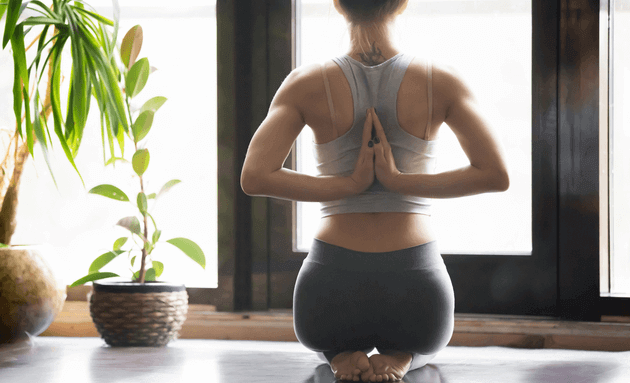
Before you begin, have someone take a picture of you from three angles: in front, behind, and from the side. Eventually, you will adapt to the right sitting, standing, and lying down postures. Your chiropractic can assist you with proper posture, including exercises that can strengthen your core muscles.
The Right Sitting Posture
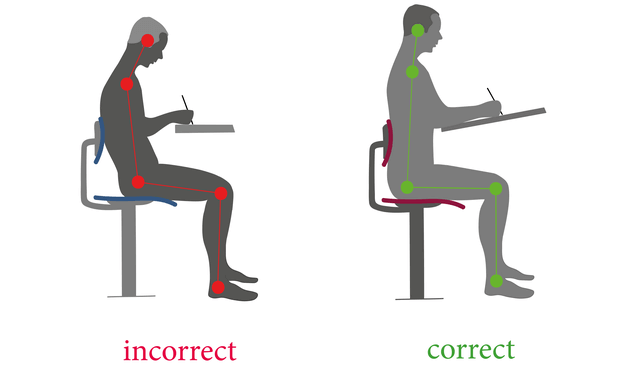
- Keep your feet on the floor or footrest
- Keep your ankles in front of your knees
- Maintain a small gap between the back of your knees and the front of your seat
- Your knees should be at or below your hip level
- Use your backrest to support your low and mid-back
- Keep your shoulders relaxed and your forearms parallel to the ground
- Avoid sitting in the same position for long periods of time
The Right Standing Posture
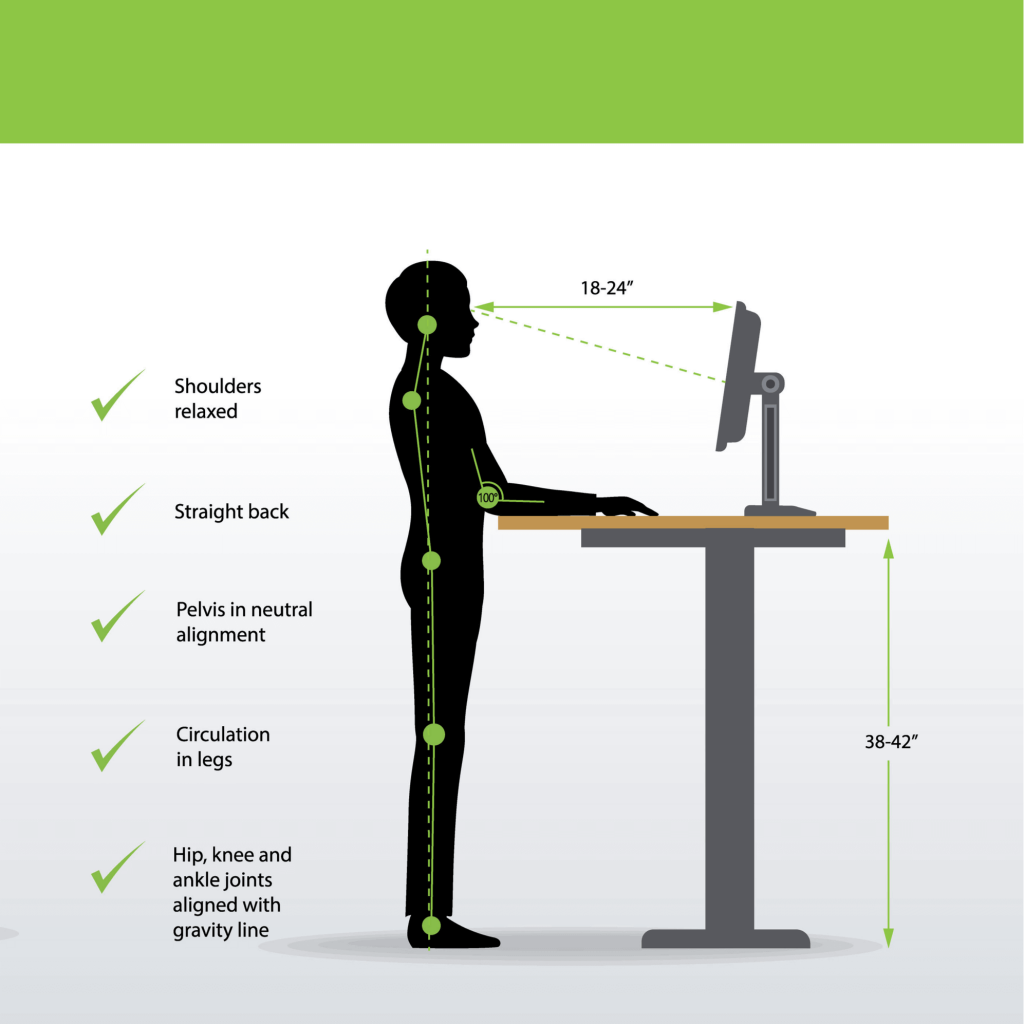
- Support your weight on the balls of your feet
- Keep your knees slightly bent
- Keep your feet about shoulder-width apart
- Keep your arms naturally hung down your body
- Stand straight and tall with your shoulders pulled backwards
- Tuck your stomach in
- Shift your weight from your toes to your heels, or one foot to the other
The Right Sleeping Posture
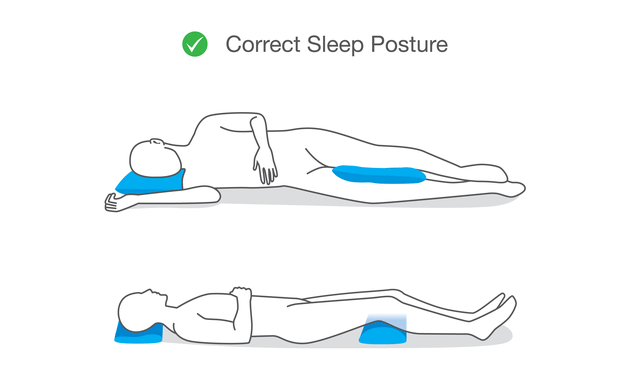
- Sleep with a pillow. Special pillows are available to help with postural problems resulting from a poor sleeping position
- Avoid sleeping on your stomach
- Sleeping on your side or back is more often helpful for back pain. If you sleep on your side, place a pillow between your legs. If you sleep on your back, keep a pillow under your knees
More Tips to Maintain Back Health and Good Posture
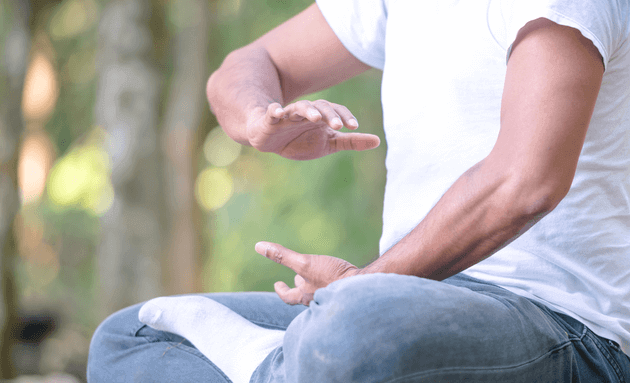
Many simple lifestyle choices can help improve your posture and reduce back pain.
- Be mindful and realign your posture regularly
- When standing for long periods, rest one foot on a low ledge, stool, or box
- Hold reading material at eye level
- Sleep on a firm, comfortable mattress. To maintain the normal curves in your spine, try putting a small pillow under your neck and a rolled sheet or towel under your lower back
- Exercise regularly to strengthen abdominal and back muscles. Walking briskly with your head held high and stomach muscles pulled in for 20–30 minutes a day is a good start
- Try tai chi or swimming to improve your posture, strength, and balance
- Maintain a healthy body weight
- Wear comfortable shoes
If you have any concerns about your posture, consider a session with a physical therapist trained to evaluate posture.






